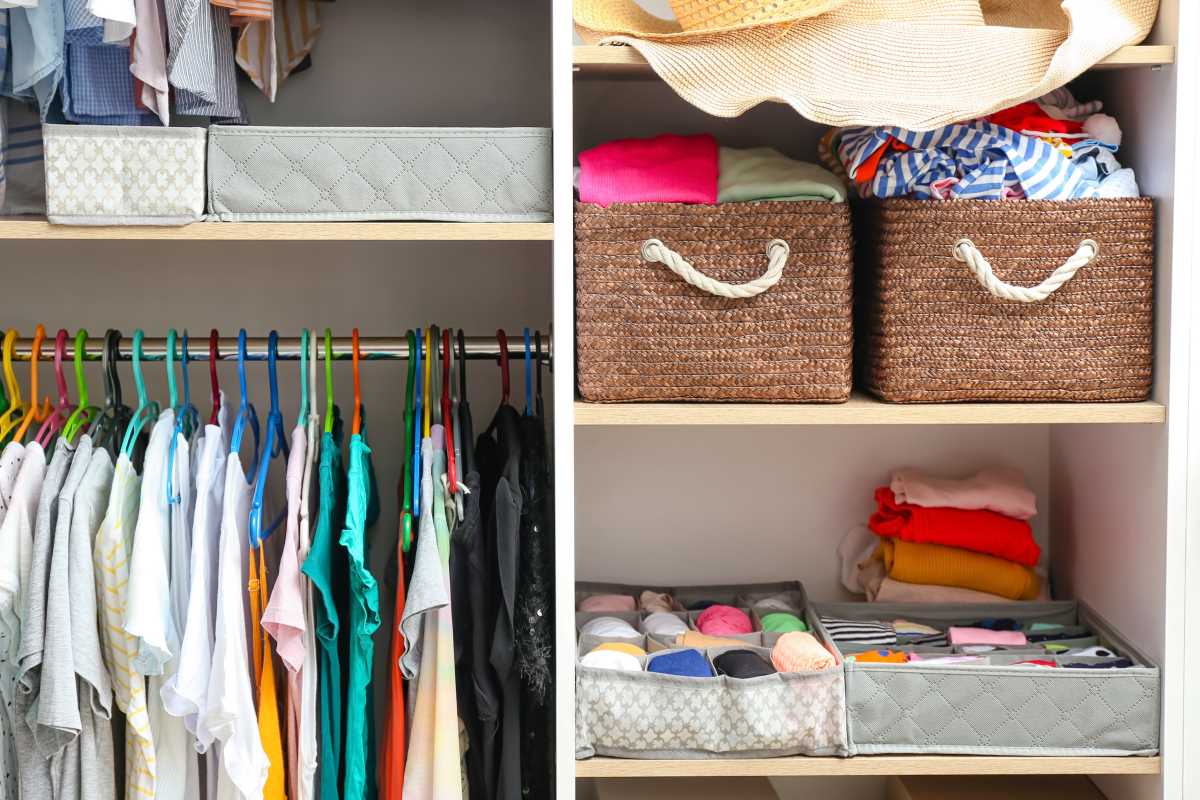You face countless purchasing decisions every day, from the coffee you buy in the morning to the clothes you add to your cart online. It can be tempting to choose the cheapest option or accumulate more for less, but a shift in mindset can lead to greater satisfaction and smarter spending. Prioritizing quality over quantity is a powerful approach that transforms you from a passive consumer into a conscious curator of your own life. Choosing well-made, durable items saves you money over time and reduces waste, filling your home with things you truly love and use. This guide will help you learn how to spot quality in everyday purchases, empowering you to make choices that are better for your wallet and the planet.
The Long-Term Benefits of Choosing Quality
Opting for higher-quality items might seem more expensive upfront, but the long-term advantages are significant. It is a strategic way to manage your finances and live more sustainably, all while enjoying your possessions more.
A Smarter Financial Strategy
A cheap item that needs to be replaced multiple times often costs more in the long run than a single, well-made alternative. Think of a poorly made pair of shoes that falls apart after one season versus a durable pair that lasts for years. The initial investment in quality pays for itself through longevity. This concept, known as "cost per use," is a simple way to evaluate the true value of a purchase. A $100 jacket worn 100 times costs just $1 per wear, while a $30 jacket worn only five times costs $6 per wear.
Reducing Your Environmental Impact
Fast fashion and disposable goods contribute to massive amounts of waste in landfills. Choosing quality products that are built to last is a direct way to combat this cycle of consumption and disposal. Durable items require fewer resources for manufacturing and transportation because they are not replaced as frequently. This conscious choice helps conserve natural resources and reduces your personal environmental footprint. It is a meaningful step toward a more sustainable lifestyle.
Greater Personal Satisfaction
Surrounding yourself with well-crafted, beautiful, and functional items can bring a deep sense of satisfaction. There is joy in using a tool that works perfectly, wearing a garment that fits well, or drinking from a mug that feels good in your hands. These items enhance your daily experiences. A home filled with fewer, better things feels less cluttered and more intentional, creating a more peaceful and organized environment.
How to Identify High-Quality Products
Developing an eye for quality is a skill you can learn. It involves looking beyond the price tag and marketing claims to assess the true craftsmanship and durability of an item. Here’s what to look for.
Examine the Materials
The materials used are one of the most important indicators of an item's quality. High-quality materials not only look and feel better but also last longer.
- In Clothing: Look for natural fibers like cotton, linen, wool, and silk. These materials are generally more durable and breathable than synthetic alternatives like polyester or acrylic. Check the fabric's density; hold it up to the light to see how tightly it is woven. For items like t-shirts, look for heavier-weight cotton.
- In Furniture: Solid wood is far superior to particleboard or MDF, which can easily warp or break. For upholstered pieces, look for frames made of kiln-dried hardwood. Check the fabric for a high "rub count," which indicates its durability.
- In Kitchenware: Stainless steel, cast iron, and carbon steel are excellent choices for pots and pans due to their durability and heat conductivity. For knives, look for high-carbon stainless steel that runs the full length of the handle (a "full tang").
Inspect the Construction and Craftsmanship
How an item is put together is just as important as the materials it is made from. Pay close attention to the small details, as they often reveal the level of care that went into the product's creation.
- Check the Seams and Stitches: On clothing and upholstery, look for tight, even stitches with a high stitch count per inch. Gently pull on the seams to see if there is any give; they should feel secure. Reinforced stitching in high-stress areas, like the corners of a bag or the pockets of jeans, is a great sign of quality.
- Look at the Hardware: Zippers, buttons, and snaps should feel sturdy and operate smoothly. High-quality zippers, often from brands like YKK, are a good indicator of overall product quality. Buttons should be sewn on securely, and buttonholes should be neat and well-finished.
- Assess the Finish: Look for a smooth, even finish on furniture, with no drips, cracks, or rough spots. The joints should fit together tightly, without any gaps or glue visible. The inside of a drawer should be just as well-finished as the outside.
Consider the Brand’s Reputation and Reviews
You can learn a lot about a product's quality before you even see it in person. Do a little research to understand a brand's reputation and what other customers are saying.
- Read Reviews: Look for detailed reviews that speak to the product's long-term performance. Are people still happy with their purchase after a year? How did it hold up to regular use?
- Investigate the Warranty: A company that stands behind its products will often offer a good warranty. This shows they are confident in the item's durability and are willing to repair or replace it if it fails.
- Seek Out Brands Known for Quality: Some brands have built their entire reputation on craftsmanship and durability. Identifying these trusted names in different product categories can be a helpful shortcut to finding quality goods.







